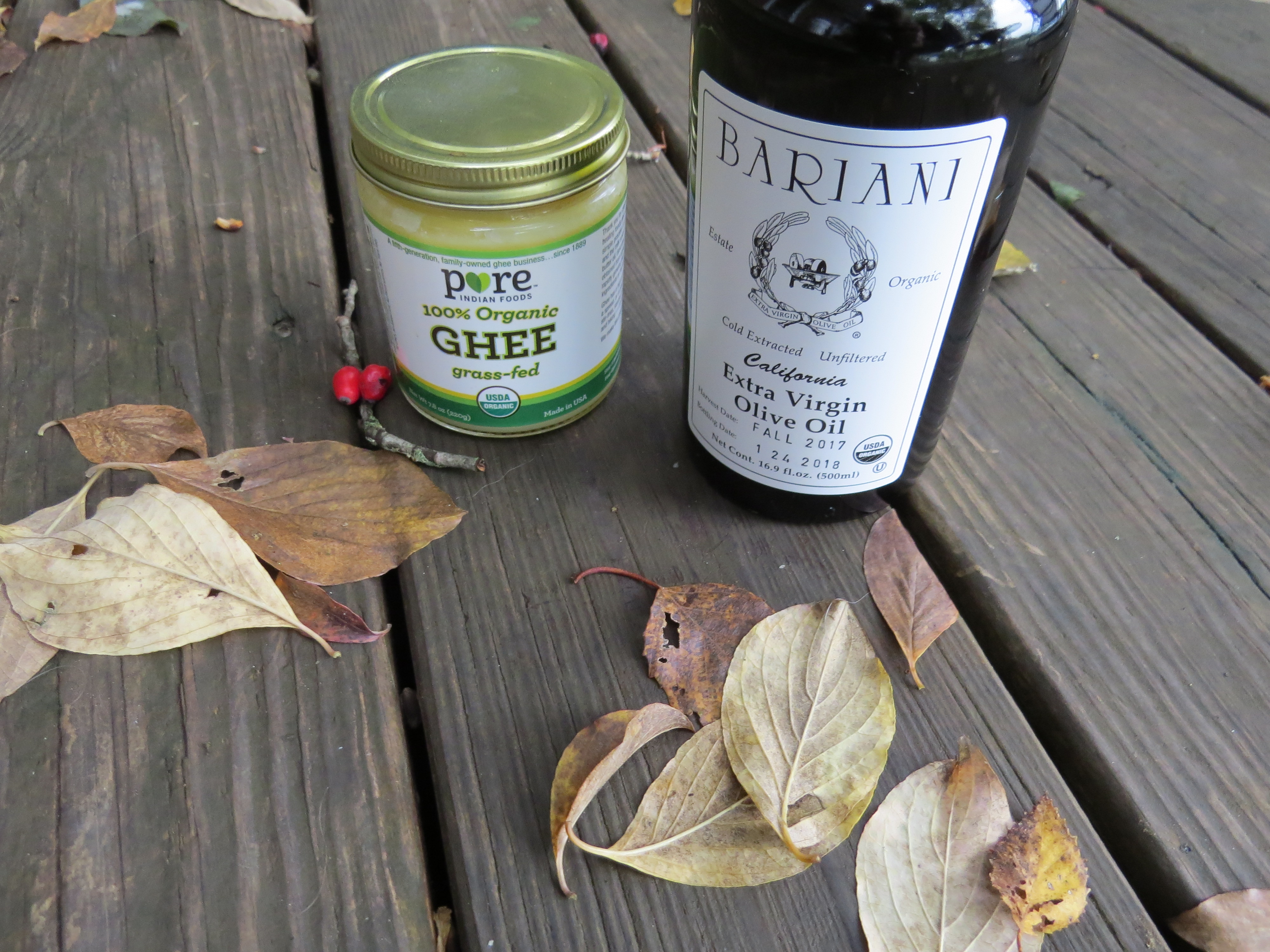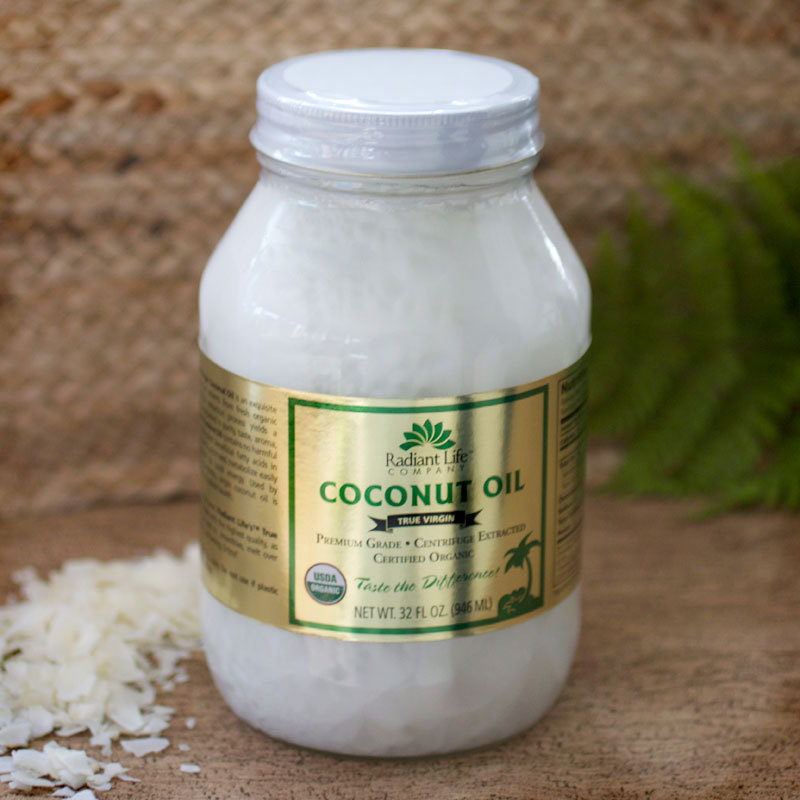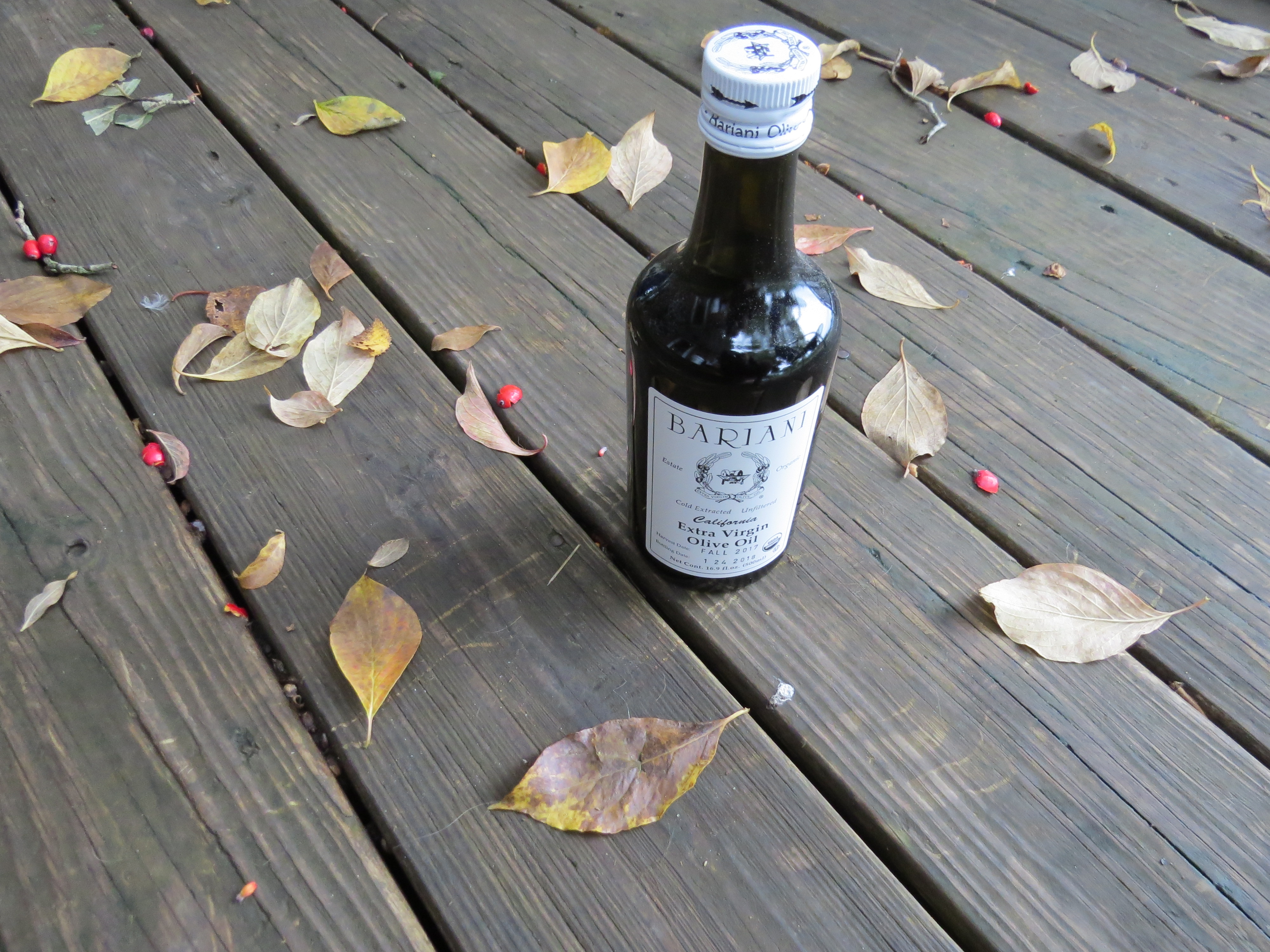In addition to the beautiful fall foliage and change of wardrobe, another thing we love about fall is getting back in the kitchen. There is no more fear of turning on that oven or cooking over a hot stove, as fall is a time for the grounding, warm meals we tend to avoid in the hot summer months. Think sautéed mushrooms, peppers, brussels sprouts and asparagus browned to perfection—yum!
Many warming meals have a common step in the cooking process that helps moisturize and bring out the sweet flavors in a cooked meal. That ingredient is a high quality oil.
In the ‘90s oils and butters were seen as fatty items you wanted to avoid, leaving foods feeling bland and lacking substance. Fats are proven to keep you fuller longer so oils are certainly a complimentary addition to any cooked meal or baked good.
The tricky fact that can’t be seen by the human eye is that no oil is created equal when cooking. All have various levels of saturated and unsaturated fats, and also diverse levels of omega 3, omega 6 and omega 9 fats. When heated, oils break down at temperatures called a “smoke point.” At this point the actual molecules can reform causing toxic fumes and free radicals. In other words, when certain oils are too hot, the once good-for-you oil with stable fats can change into a toxic addition to your meal.
To avoid toxic damage while still using your favorite tasting and most nutrient-dense oils, it’s important to be aware of smoke points and act accordingly. Here are a few of our favorites:
1. Avocado Oil
As if there weren’t enough exciting benefits of avocados, we have another fun fact to round out the pros of this tasty and versatile fruit—it also has the highest smoke point of any nutritionally dense oil. Avocado oil can reach temperatures of around 520 degrees making it the go-to for sautéing, pan frying and even grilling. It has a light flavor and nourishes veggies in the oven while still fulfilling a high ratio of omega 3 to omega 6—12:1 to be exact!
2. Ghee
Ghee is another favorite of ours as it contains all of the good fats found in butter, but removes the lactose and casein found in milk fat that create sensitivities for those with dairy allergies. We love ghee in our keto-coffee and tea, but also use it as a replacement for butter on breads and in baked goods. Ghee is full of vitamin A and vitamin K and is made up of primarily saturated and stable fats so the molecules stay together when cooking. But the kicker is that it’s smoke point is 485 degrees in comparison to butter’s 320. We’ve all burnt butter on a pan before when making eggs, so a simple switch to ghee will help resolve this mishap and still allow for crafting the perfect sunny side up treat for breakfast.
3. Coconut Oil
There are many benefits to cooking with coconut oil, but the smoke point is only around 350 degrees. Coconut oil is uniquely nutritionally rich as it’s high in MCTs (medium chain triglycerides), which are long chain fatty acids not founds in other oils. It’s consistency is solid at room temperature so it is best not used as a finishing oil, but rather for baked goods like banana breads, protein pancakes and healthy cookies.
4. Extra Virgin Olive Oil
Extra virgin olive oil is an excellent oil to utilize in many cooking dishes and styles. Contrary to popular belief, it falls in the mid-temperature range from 320-350 degrees fahrenheit (not the high temperature range). This means EVOO should NOT be used for sautéing, frying or roasting at high temperatures in the oven. No fear, it still can be heated, but the fatty acids are optimally preserved when it is used for finishings on pasta, in homemade dressings or Mediterranean-style on bread.




